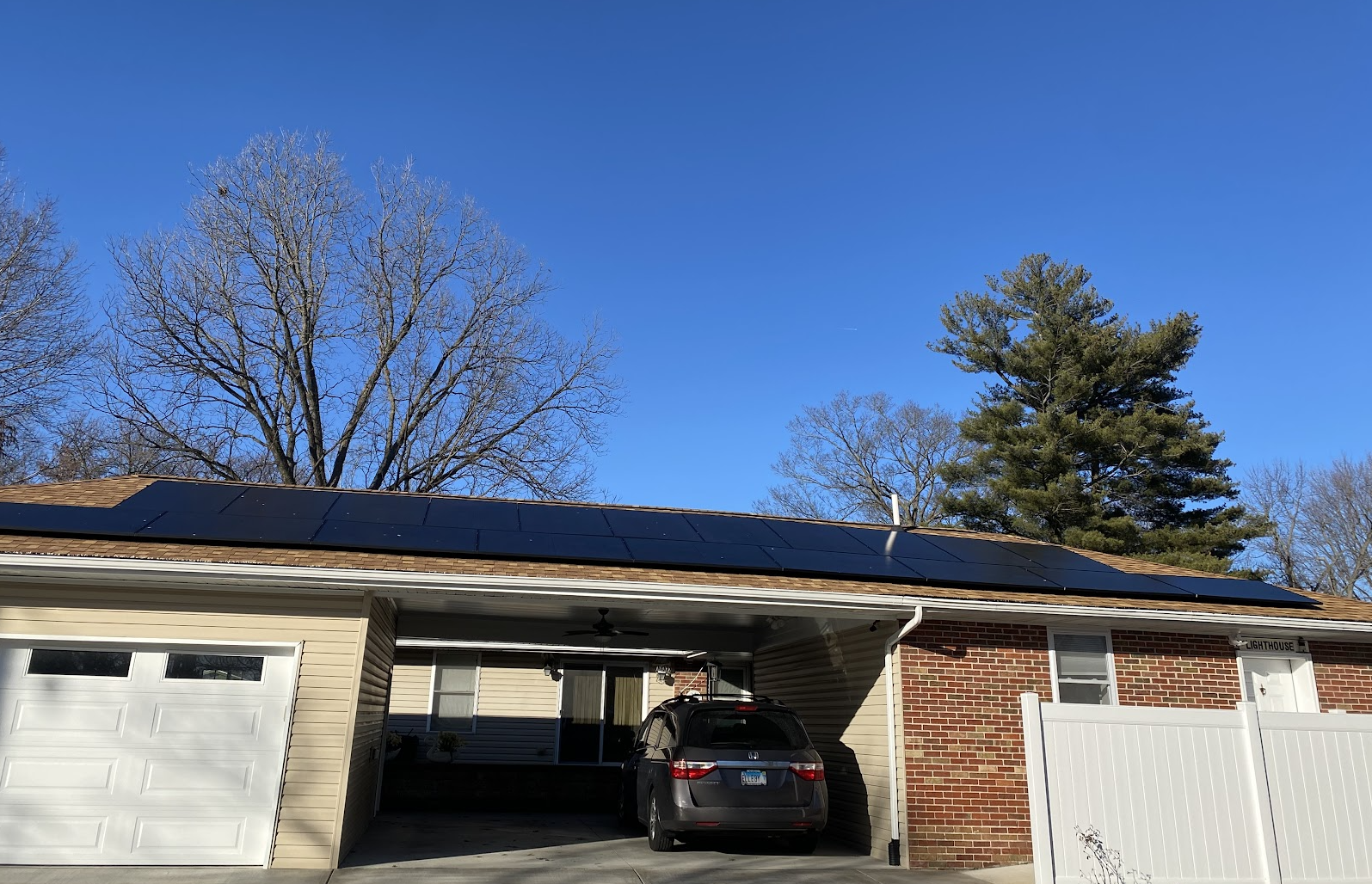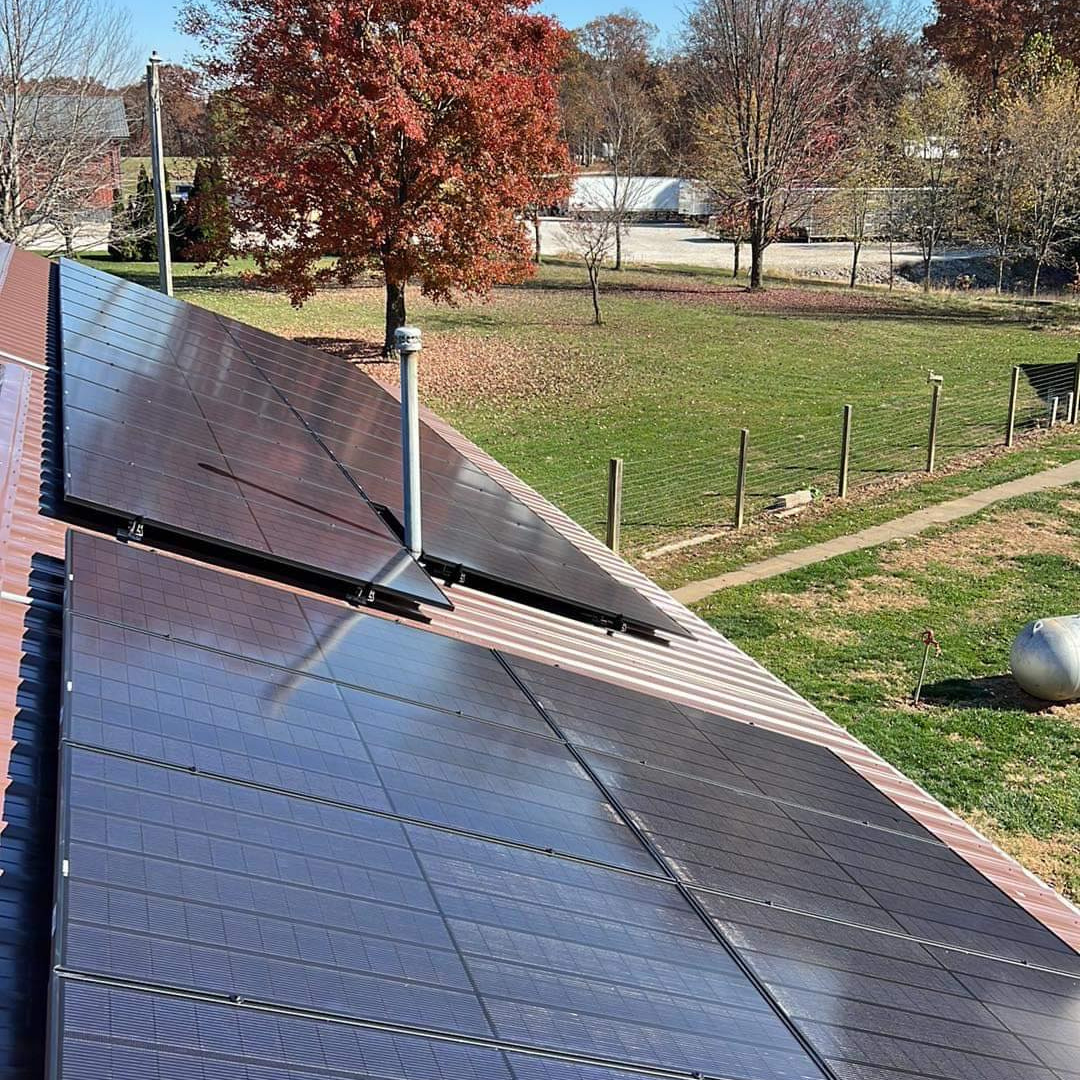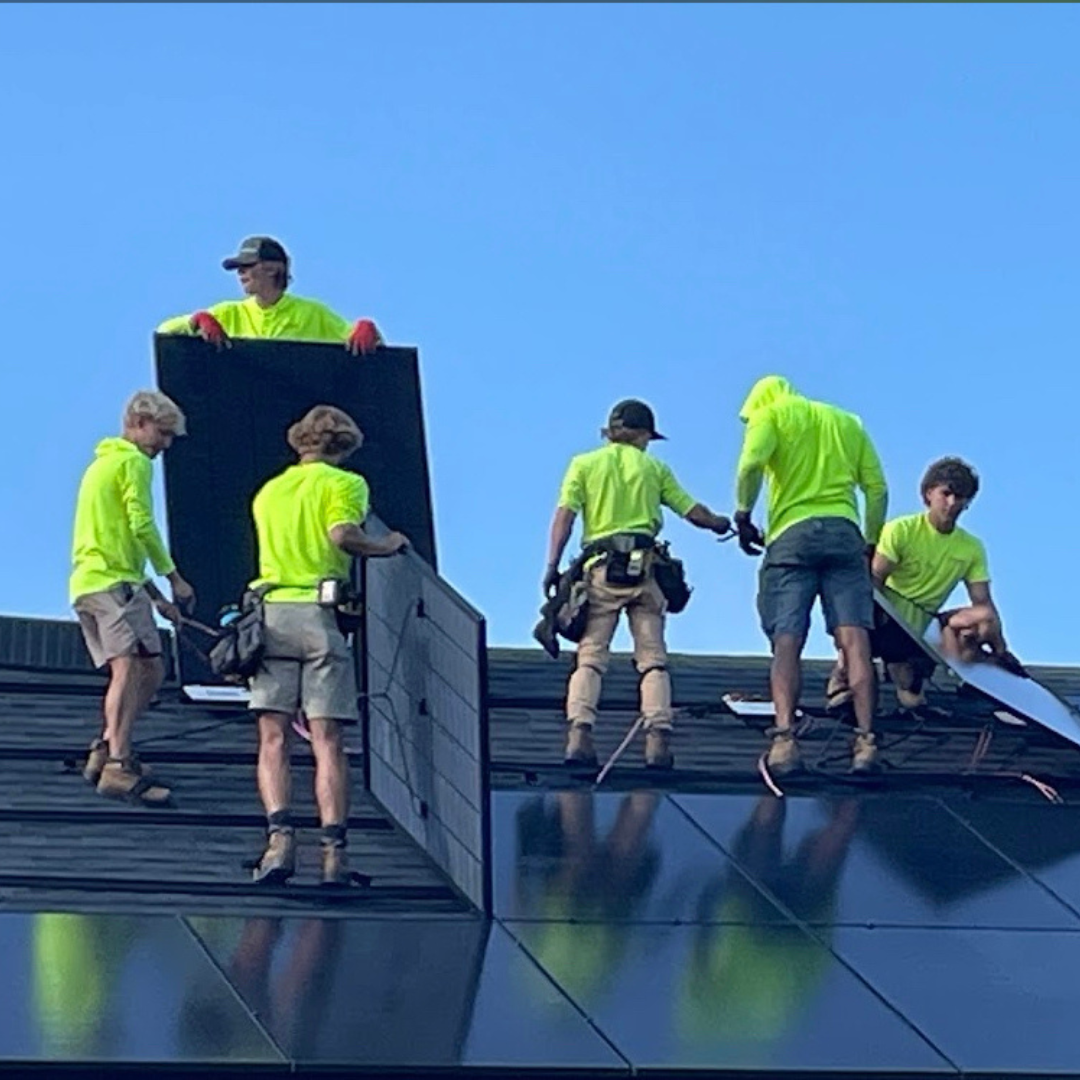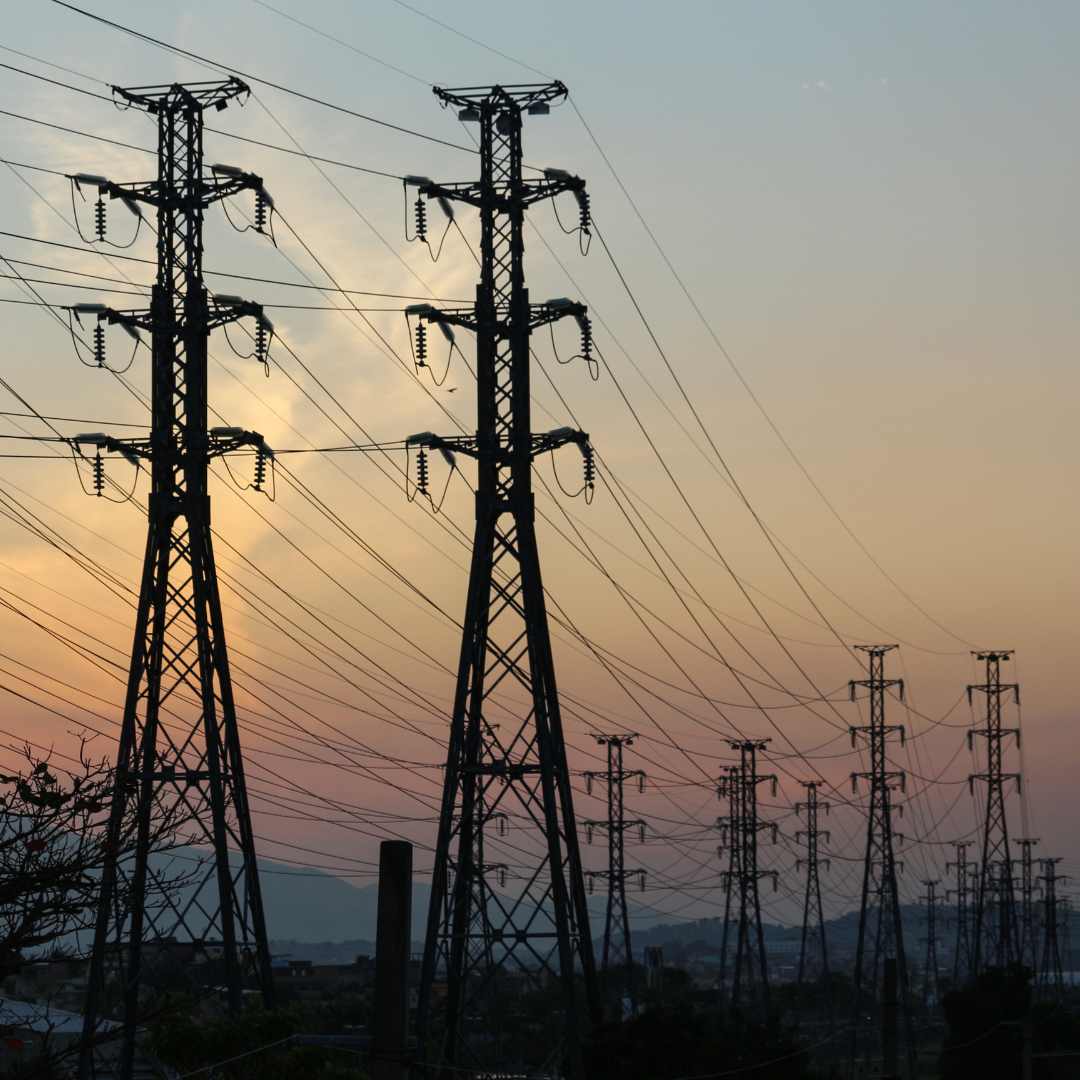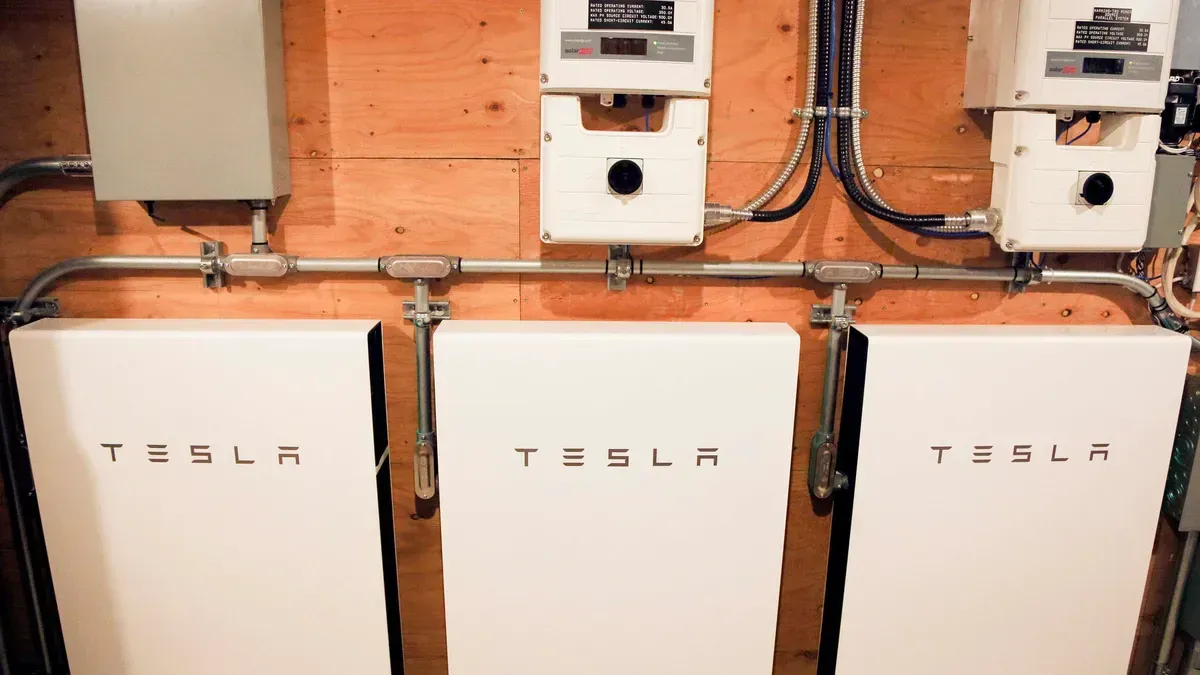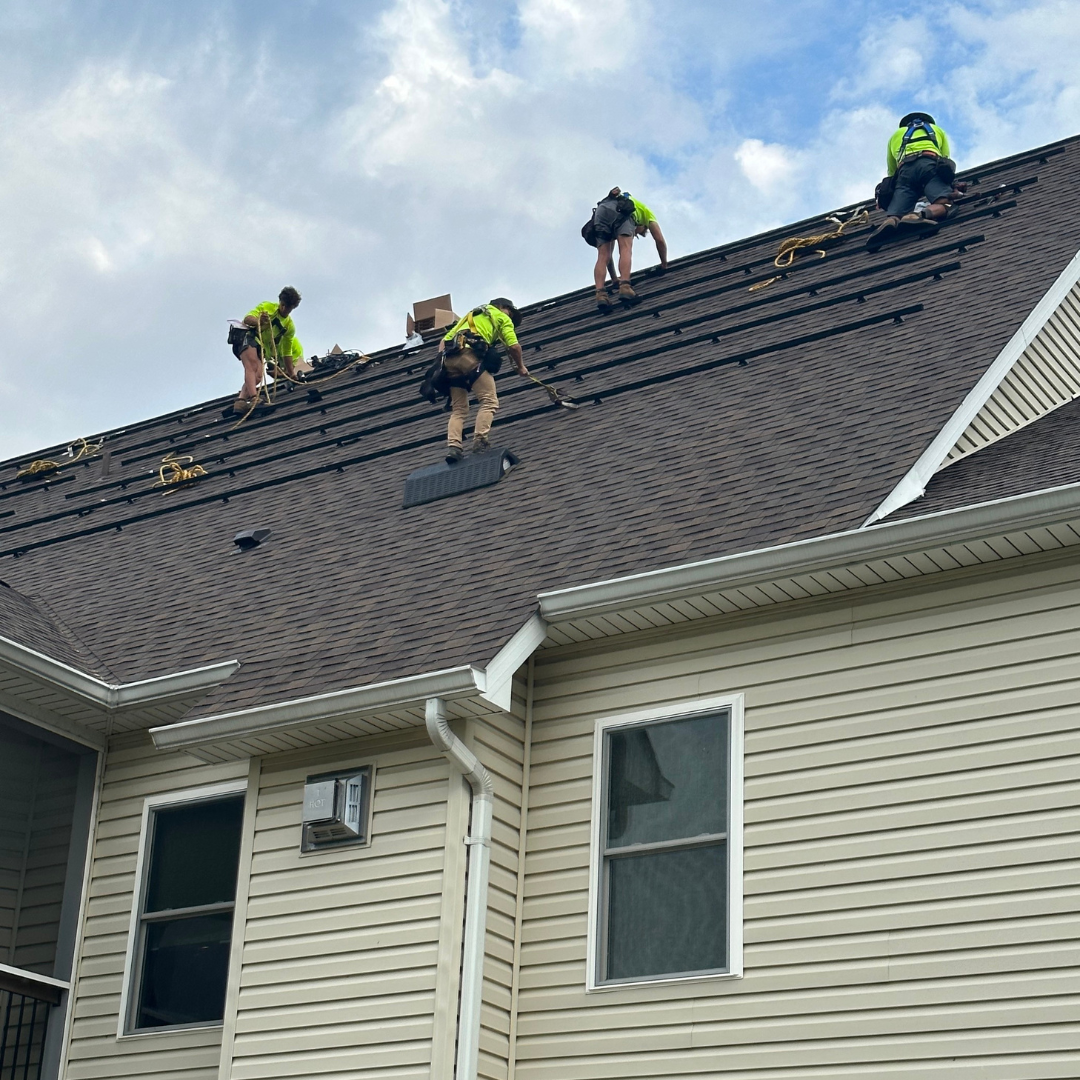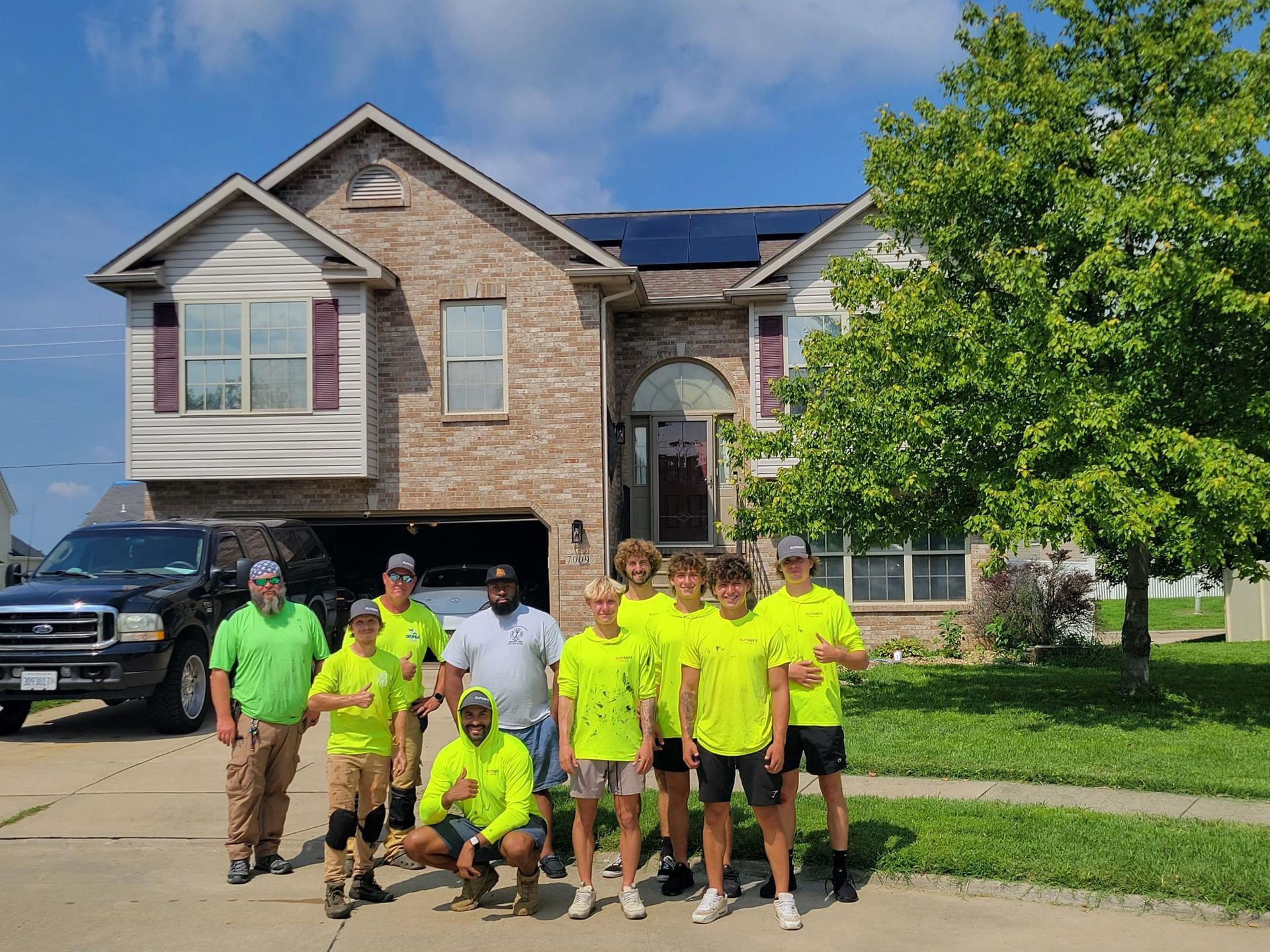Everything You Need to Know About Roof Lifespans and Maintenance
Your roof is one of the most critical parts of your home, offering protection from the elements while contributing to energy efficiency and curb appeal. But how long can you expect it to last? At SunSent Solar & Roofing, we understand the importance of a durable, well-maintained roof, especially for Midwest homeowners who face a variety of weather conditions. Let’s dive into the lifespan of different roofing materials and share expert tips to extend the life of your roof.
Lifespan of Roofing Materials
The longevity of a roof depends on the type of material used. Here’s what you can expect from the most common options:
Architectural Asphalt Shingles: Up to 30 years. Durable and cost-effective, these are a popular choice for many homes.
Three-Tab Asphalt Shingles: About 20 years. These are more affordable but less durable than architectural shingles.
Metal Roofs: 40–80 years. Metal roofs are a high-investment option that offers incredible longevity and resistance to harsh weather.
Slate and Clay Tiles: 60–150 years. These materials are heavy and require specialized installation but are unmatched in durability.
Wood Shakes: 40–50 years. Aesthetic appeal and longevity make these a premium choice, though they require regular maintenance.
EPDM Rubber: 15–25 years. Commonly used for flat roofs, this material is cost-effective but has a shorter lifespan.
No matter the material, regular maintenance and professional inspections from experts like SunSent Solar & Roofing can significantly extend the lifespan of your roof.
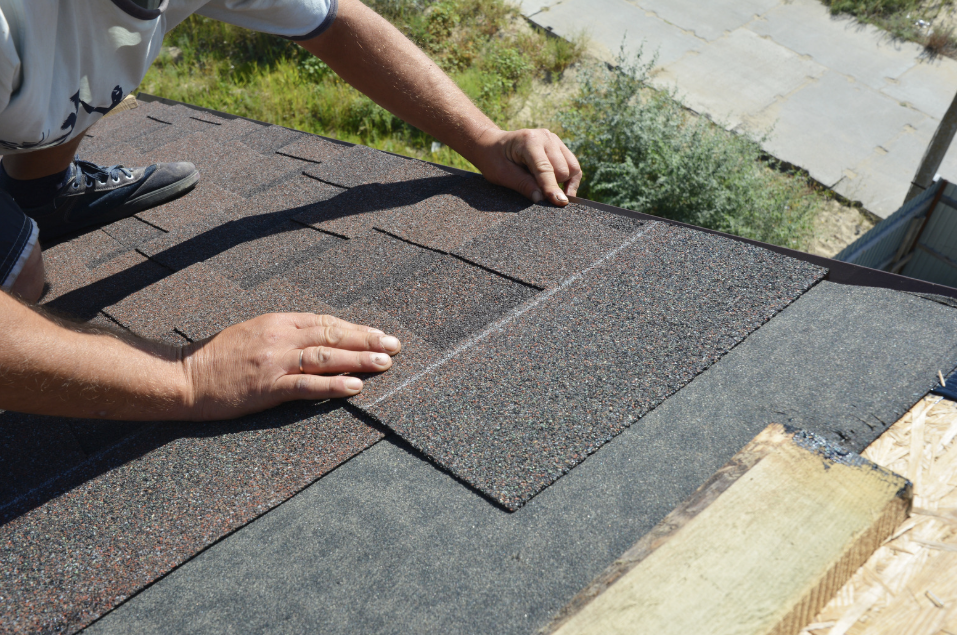
Factors That Affect Roof Longevity
Beyond materials, several other factors influence how long your roof will last:
- Climate: Extreme weather, such as hailstorms, high winds, or heavy snowfall, can shorten a roof’s life.
- Color: Darker roofs absorb more heat, which can accelerate wear in sunny climates.
- Ventilation: Proper attic ventilation prevents moisture buildup and helps your roof maintain a consistent temperature.
- Workmanship: Poor installation can lead to early issues like leaks or sagging.
- Maintenance: Regular inspections, clearing debris, and addressing small problems promptly can save you from costly repairs or early replacement.
Tips to Extend Your Roof’s Life
At SunSent Solar & Roofing, we’ve helped countless homeowners maximize their roof’s lifespan. Here are some tried-and-true strategies:
- Schedule Annual Inspections: A professional inspection can identify potential issues before they escalate.
- Clean Gutters and Remove Debris: Clogged gutters and accumulated debris can cause water damage and mold growth.
- Trim Overhanging Branches: Prevent damage from falling branches and reduce the risk of moss or algae growth.
- Ensure Proper Ventilation: Consult with our team to assess and improve your attic’s ventilation.
- Invest in Quality Materials: Opt for durable, weather-resistant materials suited to the Midwest climate.
Need a Roof Inspection? Contact Us Today!
Don’t wait until a small issue turns into a big problem. Whether you’re dealing with storm damage or just need a routine check-up, SunSent Solar & Roofing is here to help. Get in touch with us for a free, no-obligation quote and see why we’re the go-to roofing experts in the Midwest.
And if you’re interested in adding solar to your roof, we’d love to help! Contact SunSent Solar to learn more about our expert solar installations. Plus, if you're an Illinois resident, don’t miss our latest blog post about Ameren Illinois rebates—find out how Ameren can pay you up to $7,000 to install solar panels and a battery system.
